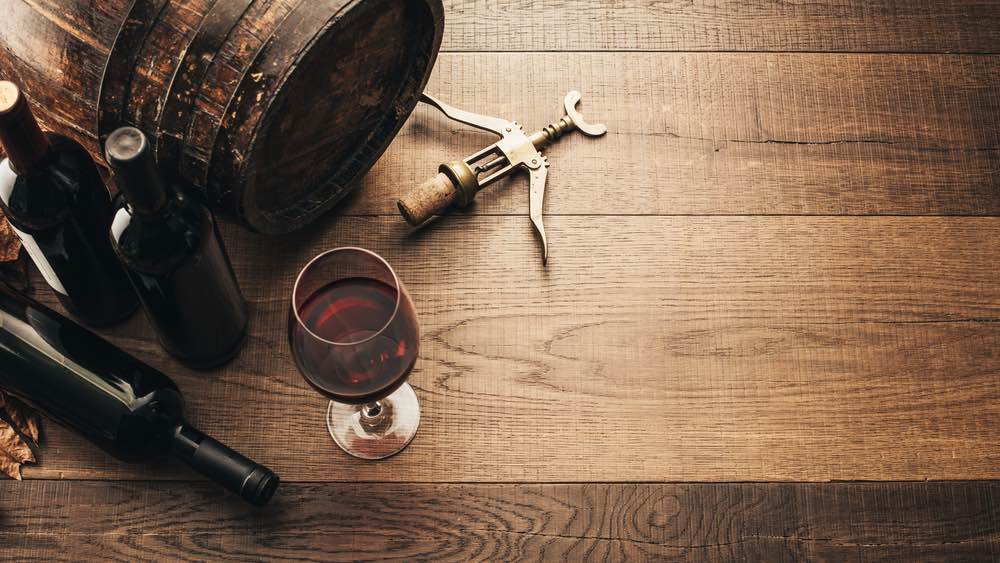It is a small oenological miracle in barrique, the period when yeasts literally come back to life after fermentation.
Bâtonnage is a technique of remixing aging wines, letting the yeast residue return to the surface. This process happens at the end of fermentation, when the wine has already reached a significant level of refinement. If you are lucky enough to see the bâtonnage process in person, it is a rare and amazing experience to see the yeast “explosion” within the wine which forms a sort of floating cloud that slowly emits its properties into our favorite liquid. The process is quite simple and is achieved by stirring a thin stick into the liquid in the barrique to mix the yeast residues.
Now that we know the basics about the process and the technique, it’s time to understand why bâtonnage is used? Not to get too technical, we can explain it simply through the physical and chemical characteristics it brings to the wine. We all know that tannins are natural molecules found in wine (and not only!) that help contribute to the color, body and structure of a wine.
When the bâtonnage technique is implemented, the yeasts tend to “bind” to each other, awakening them from a static state. Therefore, thanks to bâtonnage, we are able to produce more solid and reactive tannins. So, what are the final results in your wine glass? A wine, whether white or red, with a fuller and more pronounced body and with more intense aromas.
Now it's time to taste the final product so sit back and pour yourself a glass of Brunello di Montalcino.
Bâtonnage is a technique of remixing aging wines, letting the yeast residue return to the surface. This process happens at the end of fermentation, when the wine has already reached a significant level of refinement. If you are lucky enough to see the bâtonnage process in person, it is a rare and amazing experience to see the yeast “explosion” within the wine which forms a sort of floating cloud that slowly emits its properties into our favorite liquid. The process is quite simple and is achieved by stirring a thin stick into the liquid in the barrique to mix the yeast residues.
Now that we know the basics about the process and the technique, it’s time to understand why bâtonnage is used? Not to get too technical, we can explain it simply through the physical and chemical characteristics it brings to the wine. We all know that tannins are natural molecules found in wine (and not only!) that help contribute to the color, body and structure of a wine.
When the bâtonnage technique is implemented, the yeasts tend to “bind” to each other, awakening them from a static state. Therefore, thanks to bâtonnage, we are able to produce more solid and reactive tannins. So, what are the final results in your wine glass? A wine, whether white or red, with a fuller and more pronounced body and with more intense aromas.
Now it's time to taste the final product so sit back and pour yourself a glass of Brunello di Montalcino.





